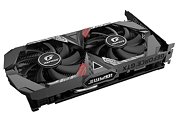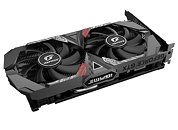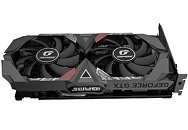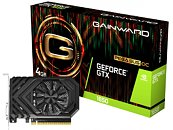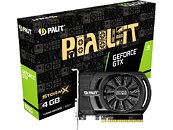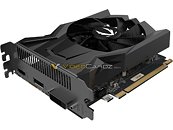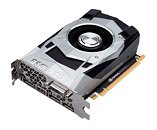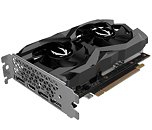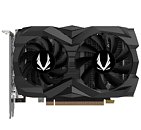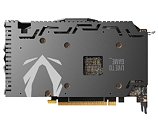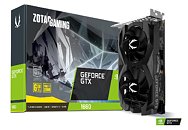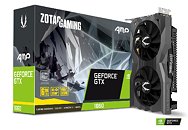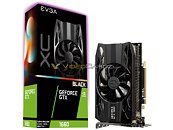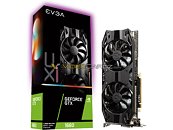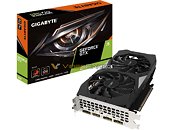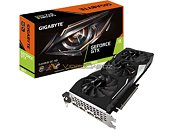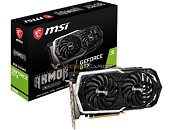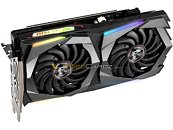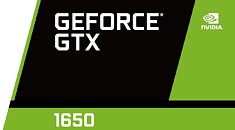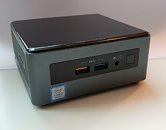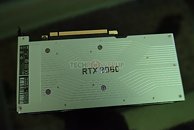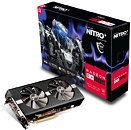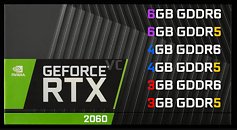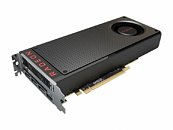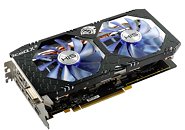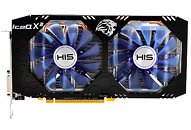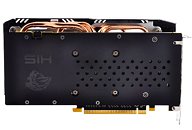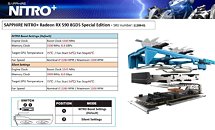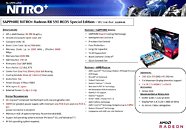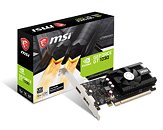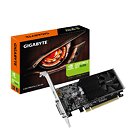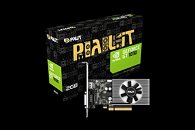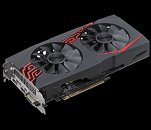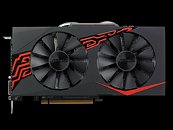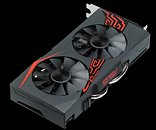
NVIDIA GeForce GTX 1650 Released: TU117, 896 Cores, 4 GB GDDR5, $150
NVIDIA today rolled out the GeForce GTX 1650 graphics card at USD $149.99. Like its other GeForce GTX 16-series siblings, the GTX 1650 is derived from the "Turing" architecture, but without RTX real-time raytracing hardware, such as RT cores or tensor cores. The GTX 1650 is based on the 12 nm "TU117" silicon, which is the smallest implementation of "Turing." Measuring 200 mm² (die area), the TU117 crams 4.7 billion transistors. It is equipped with 896 CUDA cores, 56 TMUs, 32 ROPs, and a 128-bit wide GDDR5 memory interface, holding 4 GB of memory clocked at 8 Gbps (128 GB/s bandwidth). The GPU is clocked at 1485 MHz, and the GPU Boost at 1665 MHz.
The GeForce GTX 1650 at its given price is positioned competitively with the Radeon RX 570 4 GB from AMD. NVIDIA has been surprisingly low-key about this launch, by not just leaving it up to the partners to drive the launch, but also sample reviewers. There are no pre-launch Reviewer drivers provided by NVIDIA, and hence we don't have a launch-day review for you yet. We do have GTX 1650 graphics cards, namely the Palit GTX 1650 StormX, MSI GTX 1650 Gaming X, and ASUS ROG GTX 1650 Strix OC.
Update: Catch our reviews of the ASUS ROG Strix GTX 1650 OC and MSI GTX 1650 Gaming X
The GeForce GTX 1650 at its given price is positioned competitively with the Radeon RX 570 4 GB from AMD. NVIDIA has been surprisingly low-key about this launch, by not just leaving it up to the partners to drive the launch, but also sample reviewers. There are no pre-launch Reviewer drivers provided by NVIDIA, and hence we don't have a launch-day review for you yet. We do have GTX 1650 graphics cards, namely the Palit GTX 1650 StormX, MSI GTX 1650 Gaming X, and ASUS ROG GTX 1650 Strix OC.
Update: Catch our reviews of the ASUS ROG Strix GTX 1650 OC and MSI GTX 1650 Gaming X
